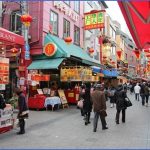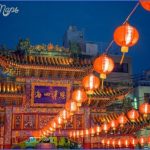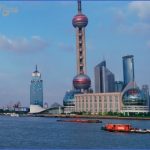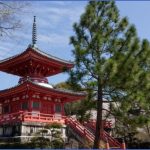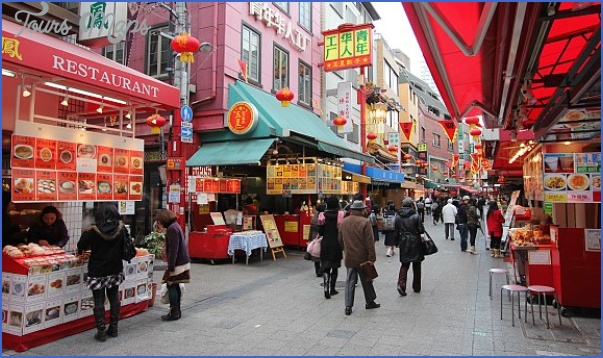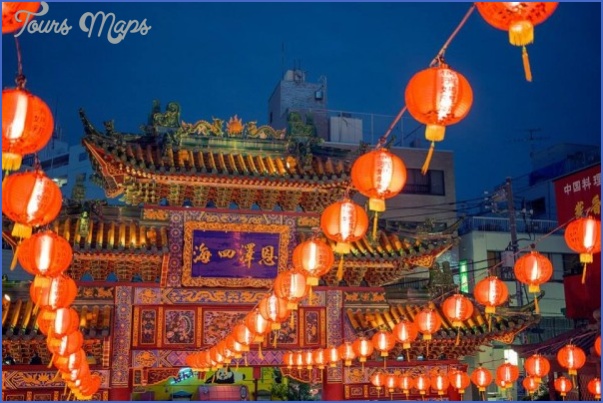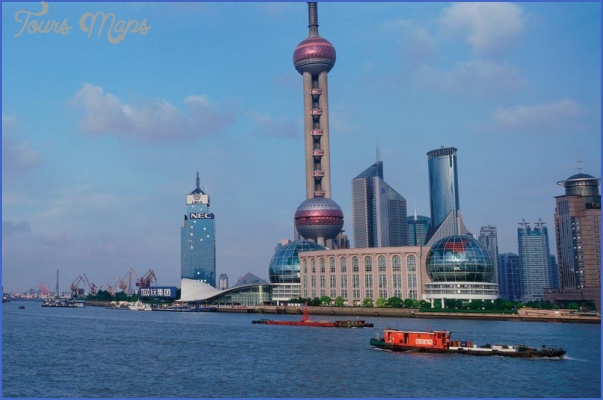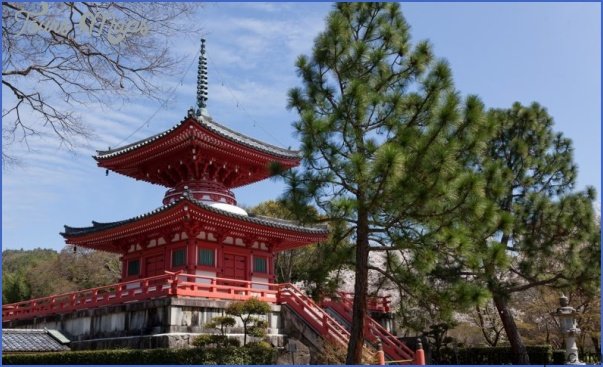Dai Jin (1388-1462) ranks among the most influential artists of this period and he was the founder of the Zhejiang School. His works, which betray a gift for close observation, are full of movement and life. The painter did not seek to express emotion, merely fulfilment, not union with the infinite but peace in an idyllic setting. The Wu School in the south was more at odds with academic tradition and turned towards the landscapes of the Yuan painters. Works by Shen Zhou (1427-1509) and Wen Zheng-ming (1470-1559), the principal representatives of this movement, proved to be highly successful but they were little more than imitations.
While the Manchu rulers were pushing the academic Ming style to its extreme with refined, if rather affected courtly paintings, between the 17th and 18th c. as a reaction to this kind of mannerism some highly “individualist” influences were at work, culminating in some of the most interesting examples of Chinese art. Zhu Da (16931775) a Buddhist monk also known as Bada Shanren was the leading light in this “Bohemian” movement. His aggressive brushwork suggested an inner torment. Distinctive features of his work include the grotesque exaggeration of figures and objects, the sarcastic humour of his characters and the belligerence of his animals. Clear “expressionist” traits were also in evidence in the School of the “Eight Eccentrics” of Yangzhou, where in the final years of the Qing era the influences of experimental Western painters encouraged the pursuit of new styles.
Another significant influence on Chinese art was the Italian Jesuit and painter Giuseppe Castiglione (Lang Shining in Chinese; 1698-1768) who spent some time at Emperor Qianlong’s court. Castiglione was himself very happy to adopt the classical Chinese style, but was instrumental in introducing to China important new techniques such as perspective and the use of tempera and oil paints on silk, approaches which permitted a “more realistic” representation of the world. In addition, Castiglione familiarised the Chinese with the portrait. His portrayal of Emperor Qianlong is one of his best known works.
Unlike other spheres of the arts and culture, painting survived the disintegration of the empire and also the political events of recent decades, chiefly due to the extensive output of the few artists who have won international acclaim such as Qi Baishi (1863-1957), Xu Beihong (1895-1953) and Li Keran (b. 1907).
The new republic opened China up to fresh Western influences which provided the impetus for studies of nature, e.g. nude painting and pleinairism. The declared aim was to link traditional painting techniques with a realistic portrayal of man and his environment, plus the study of animals, plants and landscapes. Leaders of this movement during the 1930s and 40s included Huang Binhong (1864-1955), Qi Baishi who continued the poetic tradition of Chan Buddhism and the Taoists with his lively and expressive treatment of flowers, animals and domestic objects, Xu Beihong, the last horse painter, and Zhang Daqian (1899-1983). In the 50s and 60s Fu Baoshi (1904-1965) and the landscape artist Li Keran gave expression to a new realism, but without undermining the achievements of traditional Chinese painting.
Japan travel guide Chinese Photo Gallery
Maybe You Like Them Too
- The Best Cities To Visit in The World
- World’s 10 Best Places To Visit
- Coolest Countries in the World to Visit
- Travel to Santorini, Greece
- Map of Barbados – Holiday in Barbados

